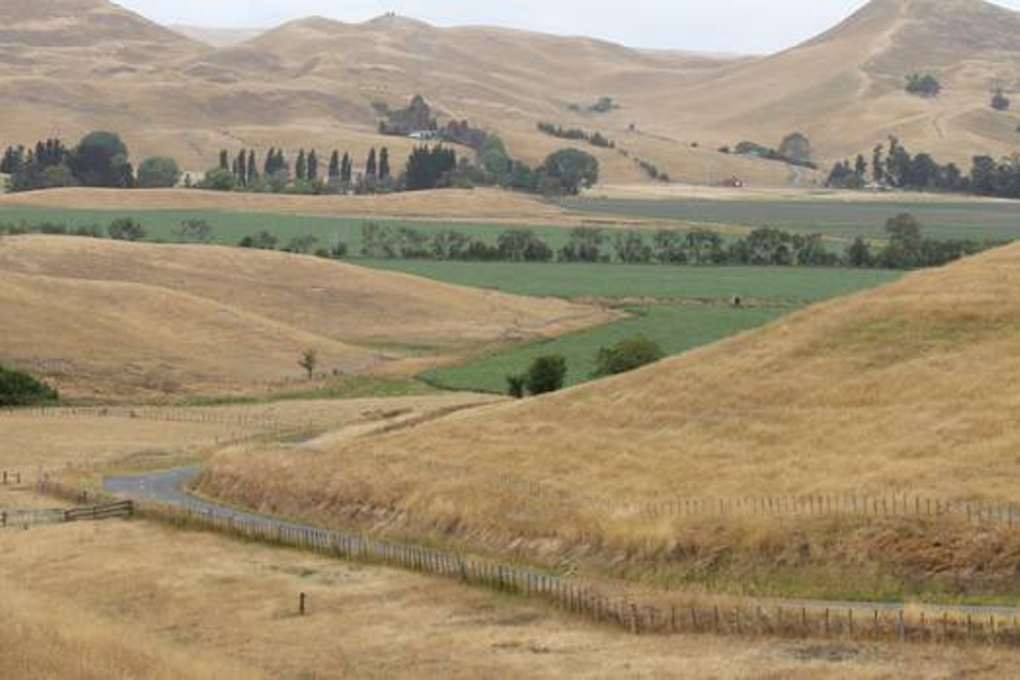Climate change spells trouble for New Zealand’s crops, say scientists
More frequent and more severe droughts could also lead to new and stronger plant diseases emerging

By Jamie Morton
New Zealand’s crops could be hit by more - and more serious - disease as climate change brings harsher, longer droughts.
A team of New Zealand scientists say an increase in droughts over the coming decade is likely to increase the severity of a wide range of diseases affecting vital primary industries.
The researchers - from the Bio-Protection Research Centre, Scion, Lincoln University, AUT University, Landcare Research and the University of Auckland - analysed the potential impact of climate-change-induced drought on several commercial plants and their diseases.
The likely negative effects of droughts included a “predisposition of hosts to infection through general weakening and/or suppressed disease resistance”, they wrote.